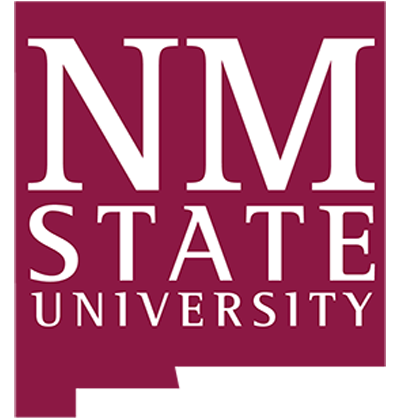1. Course number and name
CHME 412. Process Dynamics and Control
2. Credits and contact hours
3 credit hours = 45 contact hours per semester
3. Instructor’s or course coordinator’s name
4. Text book, title, author, and year
Chemical and Bio-Process Control, Fourth Edition James B. Riggs and M. Nazmul Karim; Ferret Publishing. ©2016, ISBN 0-9669601-8-1.
a. other supplemental materials
none
5. Specific course information
a. catalog description: CHME 412 Process modeling, dynamics, and feedback control. Linear control theory and simulation languages. Application of Laplace transforms and frequency response to the analysis of open-loop and closed-loop process dynamics. Dynamic response characteristics of processes. Stability analysis and gain/phase margins. Design and tuning of systems for control of level, flow, and temperature
b. prerequisites: CHME 441 co-requisites: none
c. required, elective, or selected elective (as per Table 5-1): required
6. Specific goals for the course
a. The student will…
- Mathematical Solutions: solve applied math problems involving linear ordinary differential equations, integration by parts, perform partial fraction expansion; use the Laplace Transform to solve differential equations; Laplace Transform look-up tables, solve inverse Laplace Transform problems.
- Model-based Control: use MATLAB, Simulink, and/or visual basic simulator to computationally model process control, to make simple mathematic calculations, to solve differential equations, to take the Laplace Transform of a function, to plot curves representing response of a control loop, and to implement other simulation-based actions covered in class.
- Basic Process Control Concepts and Calculations: draw and use block diagrams of open and closed-loop transfer functions for control problems; identify control system instrumentation (sensors, transmitters, transducer, final control elements); use process control techniques to address safety concerns; use process control vocabulary appropriately; choose a control strategy for a process; formulate control objectives; identify, formulate and solve linear chemical process dynamics problems; formulate and solve an approximate linear model to a nonlinear process; analyze the stability of a dynamic system.
- PID Control Concepts: tune a P, PI, or PID controller using control theory; choose the appropriate control action (P, PI, PID) for a particular process,
- Other topics: develop process models of non-steady-state process dynamics; Identify appropriate loop pairings for multivariable control; identify and implement feedforward and feedback control strategies; implement single-variable controllers (temperature, pressure, concentration, flow, level); and identify advanced control strategies and apply them in appropriate situations (cascade, ratio, pH).
b. Criterion 3 Student Outcomes specifically addressed by this course are found in a mapping of outcomes against all CHME courses in the curriculum.
7. Brief list of topics to be covered
- Control loop hardware and terminology
- Dynamic modeling
- Laplace transforms
- Transfer functions
- Dynamic behavior of ideal systems
- PID control
- PID controller tuning
- Frequency response analysis
- Cascade, ratio, and feedforward control
- MIMO systems
- Process Safety
Common Syllabus Addendum
The NMSU Department of Chemical Engineering maintains a syllabus addendum containing course requirements common to all courses with the CH E prefix online. This document is accessible from the URL: http://chme.nmsu.edu/academics/syllabi/chme-common-syllabus-addendum/


